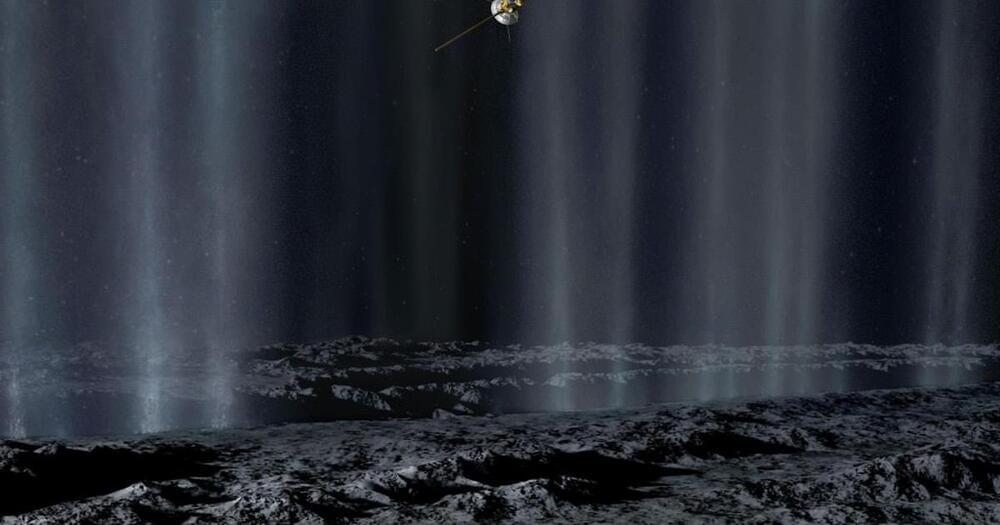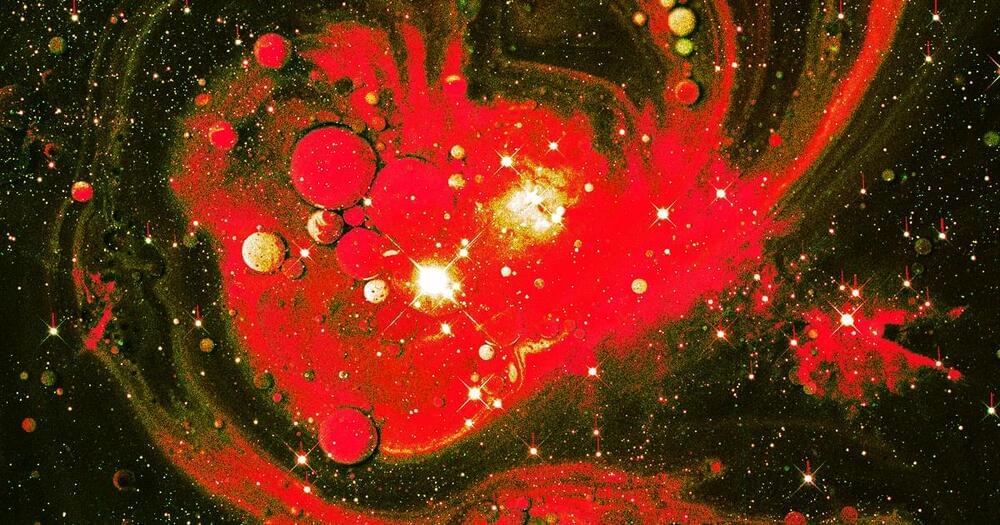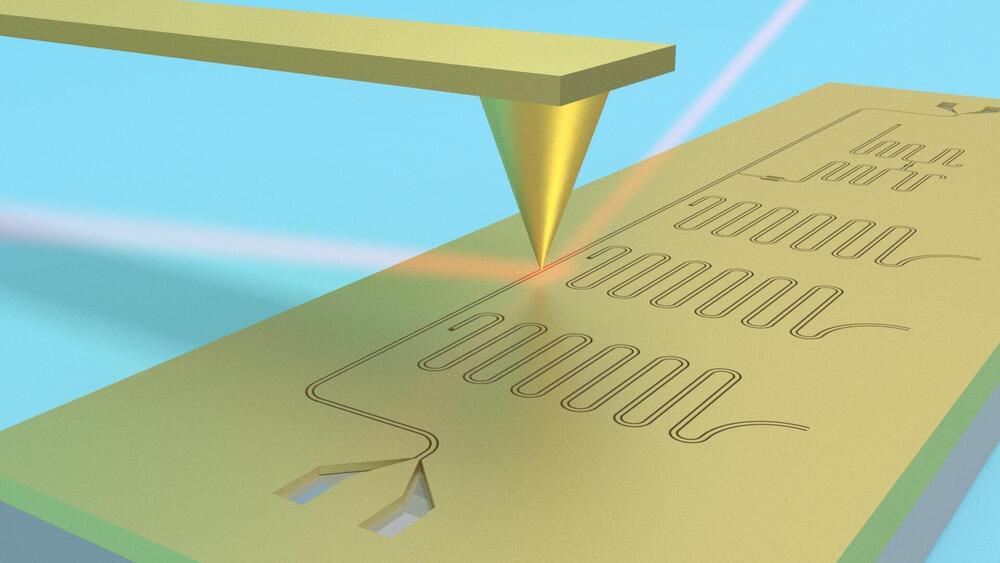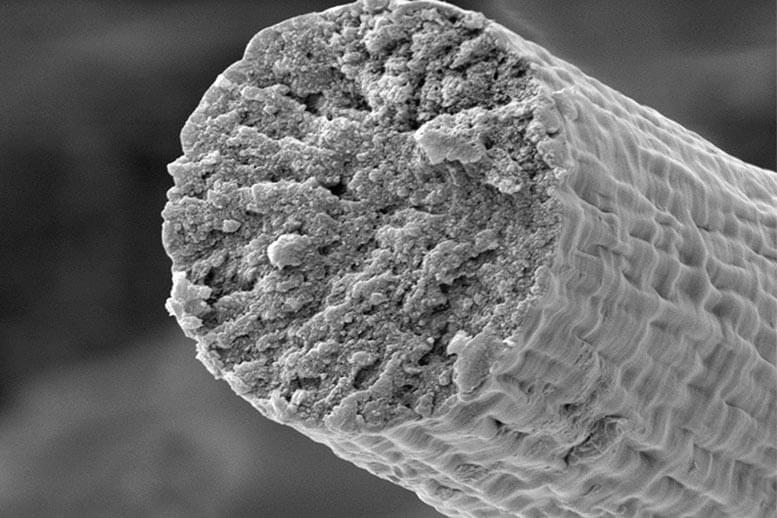Back in August of 2017, Cassini stared at Enceladus for 14 hours, looking at the moon’s night side.
Below is a movie sequence of images, garnered from the final dedicated observation of the Enceladus’ geysers by the imitable Cassini spacecraft.
Back in August of 2,017 Cassini stared at Enceladus for 14 hours, looking at the moon’s night side. The movie begins with a view of the part of the surface lit by reflected light from Saturn and transitions to completely unilluminated terrain. About halfway through the sequence, the exposure time of the images changes in order to make fainter features more visible as the light level drops.








